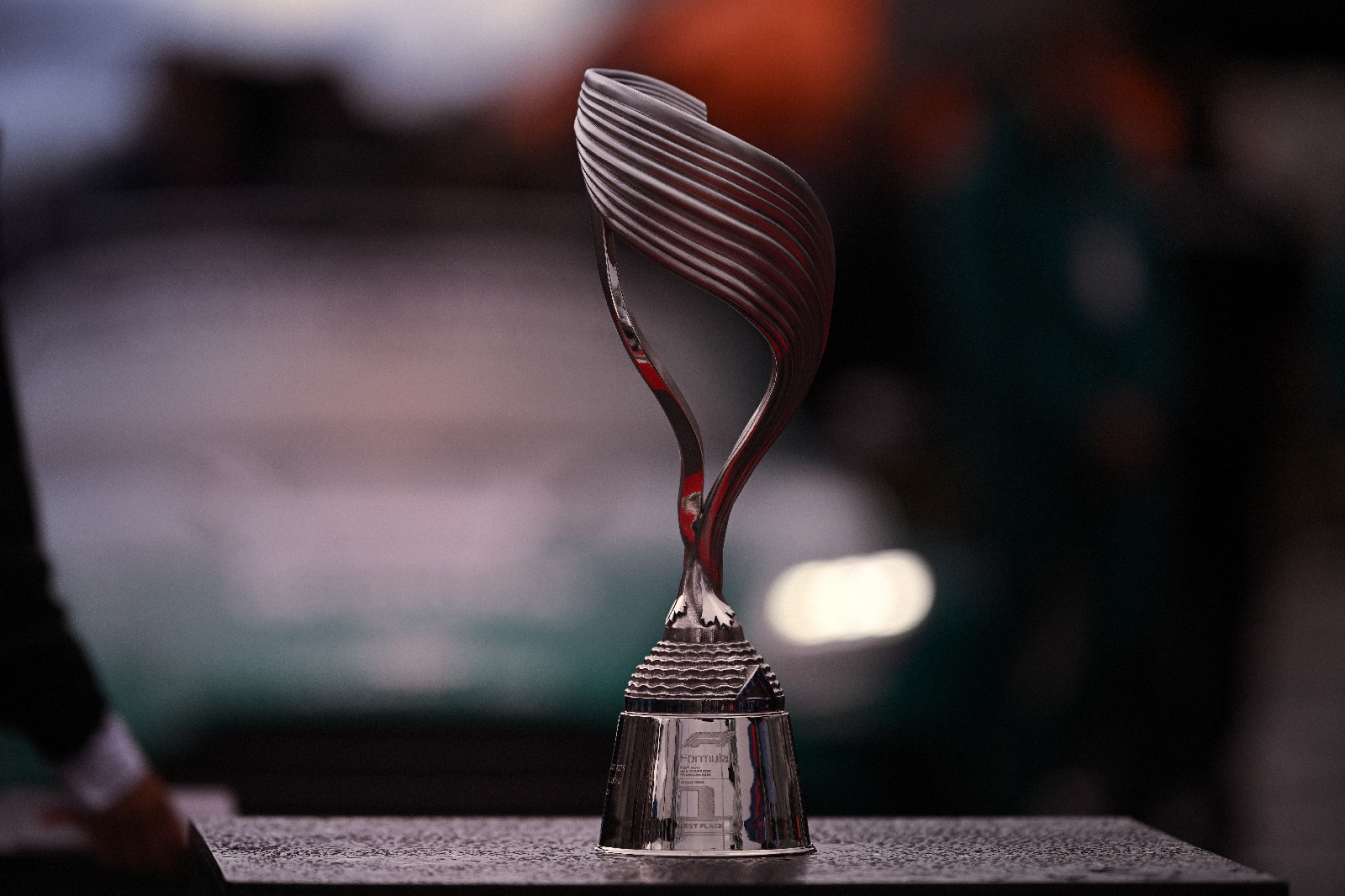How AWS and F1 are putting AI in pole position
We explored how AI is front and center of this year's British Grand Prix

Hamilton and Mercedes. Alonso and Aston Martin. Lando and McLaren. All iconic partnerships, and behind all of them, sits AWS and Formula 1.
Since 2018, the cloud services provider and the international racing event have partnered on a range of technology advancements in the sport - but it’s that plucky underdog AI that has set itself up as star of the show in this year’s F1 season.
TechRadar Pro visited Silverstone ahead of the recent British Grand Prix to find out how artificial intelligence is fuelling Formula One.
Intelligent racing
Like it or not, artificial intelligence is continuing its discreet invasion across top-end sports events, from the Olympics to Wimbledon and the Euros. So, it comes as no surprise that Formula 1 is engulfed with AI - but what might surprise some is the extent of its use.
Fans are one of the biggest winners, with the launch of a new generative AI tool named StatBot. Generic titling aside, it’s a clever piece of kit replete with a mass amount of historical and real-time data that will, according to AWS, to "enhance operational efficiency of an F1 broadcast by enabling F1 to source stats and insights in moments." Alongside this sits the new F1 Insights, designed to help elevate the experience for existing fans and introduce new viewers to a world steeped in seventy-four years of history.
For those who see the chequered flag as simply the countdown to the next race, the AI is capable of delivering an avalanche of facts, figures, statistics, and insights. Driver performance. Car performance. Race strategy. Battle forecasts. There’s not much, if anything at all, AI isn’t tracking as a way to engage fans who may not even consider the mass amount of technology powering simple graphical analysis.

The AI technology rests trackside, monitoring temperature and weather conditions, tracking car positions, and, arguably most important of all for the sport, capturing timings with a devastating accuracy. And if you look very, very carefully as they whip past at speeds of over 200mph, you might just be able to spot the unassuming sensors built into the cars, quietly collecting actionable data teams can use to refine race after race.
Are you a pro? Subscribe to our newsletter
Sign up to the TechRadar Pro newsletter to get all the top news, opinion, features and guidance your business needs to succeed!
Root-cause analysis (RCA), whatever field it’s conducted in, is a time-consuming process. In a fast-moving sport where shaving milliseconds off a lap-time can mean the difference between silver and gold, the glacial speed of RCA can feel like a lifetime. Which had led, swiftly and inevitably, to the deployment of generative AI within the RCA process. In this capacity, AI is effectively a trouble-shooter. A problem eliminator. Assessing the situation, and allowing teams to act on the data, to deliver peak performance on every track.
A week after Lewis Hamilton won the British Grand Prix for Mercedes, those teams will be crunching the numbers, poring over the AI-powered datasets. If that wasn’t enough AI for a sport that was once simply ‘man vs. machine’, we’re even seeing its use in aiding the design of the Canadian Grand Prix trophy through text prompts alone. At this rate, how long can it be before the first AI-designed race car takes the flag?
Read more from TechRadar Pro

Steve is B2B Editor for Creative & Hardware at TechRadar Pro. He began in tech journalism reviewing photo editors and video editing software at Web User magazine, and covered technology news, features, and how-to guides. Today, he and his team of expert reviewers test out a range of creative software, hardware, and office furniture. Once upon a time, he wrote TV commercials and movie trailers. Relentless champion of the Oxford comma.